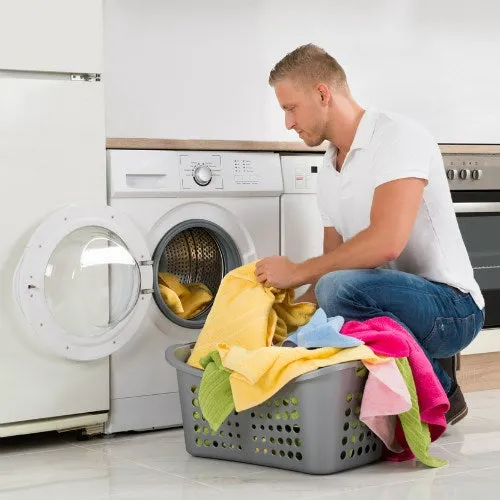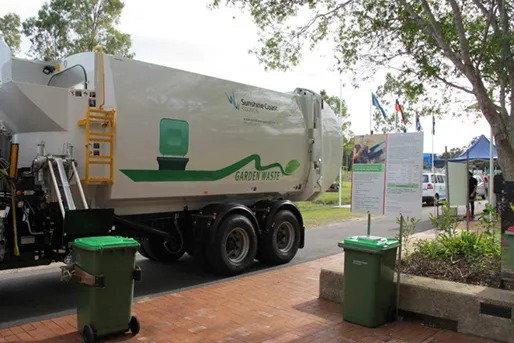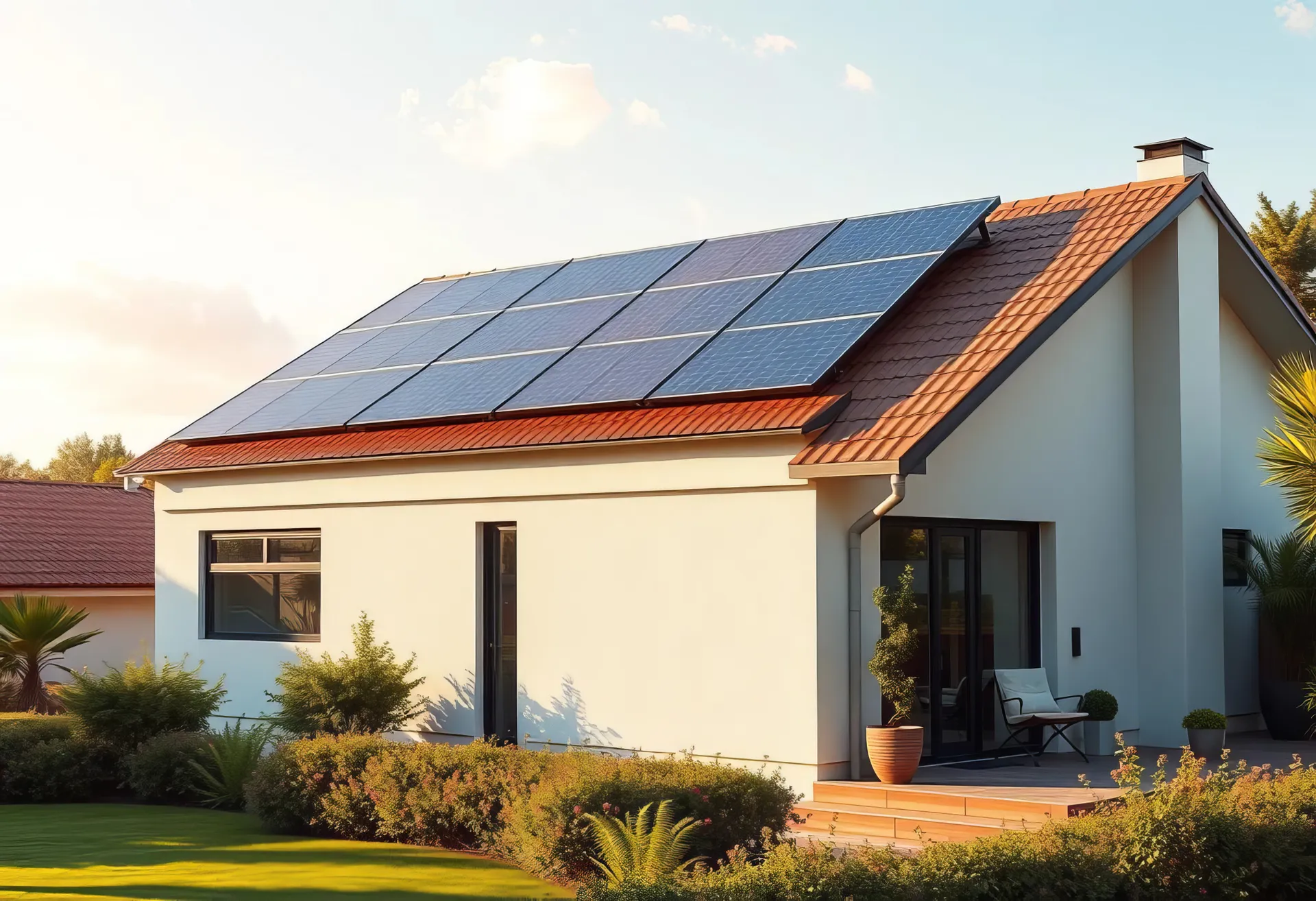Energy sucking appliances

How you can pinpoint the culprit driving up your energy usage.
When looking for your energy consuming culprit, one thing you can look at immediately is the energy efficiency of the appliances you use regularly.
While you may know some of the main energy suckers, you might not know just how much energy they use. The results can be surprising! Just by having the knowledge you'll have the power to make decisions that can save money on your electricity bill.
From the kitchen to the laundry to the lounge room, it can pay to be more informed about the electricity your appliances use. Matching the appropriate appliance to individual usage requirements is an important part of the purchase process, with the potential to deliver savings in the long term, so you should consider your own specific needs when deciding on an appliance purchase.
In the context of rising electricity prices, and with appliances having the potential to be a significant contributor to household electricity consumption, it certainly pays to make the right decision.
What are the most energy-draining appliances?
Any appliance can be wasting electricity if you're not careful, but some more so than others. Famous 'most wanted' electricity-wasting bandits are the fridge and oven, washing machines and dryers, the air conditioner, and your home entertainment set-up. Under the 'average use' metric, this is the average breakdown of appliance use in Australia:
- Televisions and computer monitors = 10 hours use plus 14 hours on standby per day
- Fridges and freezers = in use 24 hours per day
- Clothes dryers = one full load per week
- Dishwashers = seven uses per week at the "normal" setting
- Washing machines = seven uses per week using a warm wash
The Energy Rating website is a good place to start when seeking to determine the electricity consumption and subsequent running costs of a major appliance in your home, or a prospective new one. Of course, when assessing how much energy appliances use, you should take into consideration any individual usage requirements that may put them outside of the range of the "average user".
The most important tool to have is to know how to read the electricity ratings on each of your appliances to determine how energy-efficient they are. Of course, there are some typical culprits you can immediately look to around your home. Let's breakdown their energy use using the rate of 33c per kWh - your rate per kWh may be different; in any case, it's best to look at your last bill.
Check out the list of Energy Suckers here:
https://www.canstarblue.com.au/energy/electricity/the-most-energy-draining-appliances-in-your-home/
Source: https://www.canstarblue.com.au/








